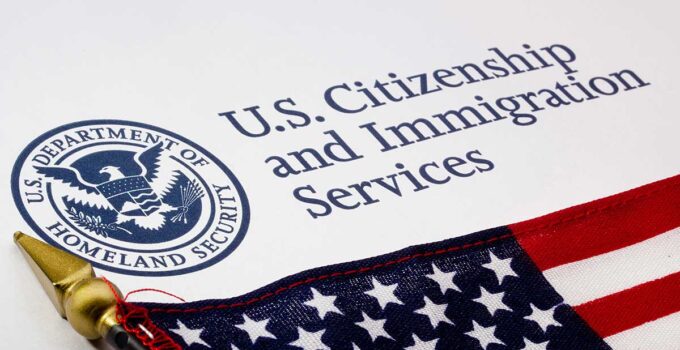Immigrants who seek to migrate to the United States must meet certain requirements before gaining entry. This includes passing a background check, obtaining a visa, and becoming admissible to the U.S. court system. Additionally, there are several regulations in place that make migration to the United States a complex process.
These processes are so convoluted and subject to changes that many would-be immigrants find great value in hiring the services of an immigration lawyer. These lawyers help them assemble the right documents and file them correctly for higher chances of a positive outcome.
The steady stream of immigrants from all over the world has led the U.S. government to establish an immigration system to regulate who can or cannot enter the country. Today, the U.S. government operates a system of immigration laws that favors legal immigration and attempts to prevent illegal immigration by restricting entry into the United States and enforcing deportation laws.
But over the years, U.S. immigration laws and regulations have changed to accommodate people better and regulate immigration. This has shaped the laws of the U.S. into what it is today. Before people from all over the world could have fair access entry to the US, the original laws favored Europeans until 1965. In this article, you will learn how U.S. law has developed over the years.
Page Contents
The Naturalization Act of 1790
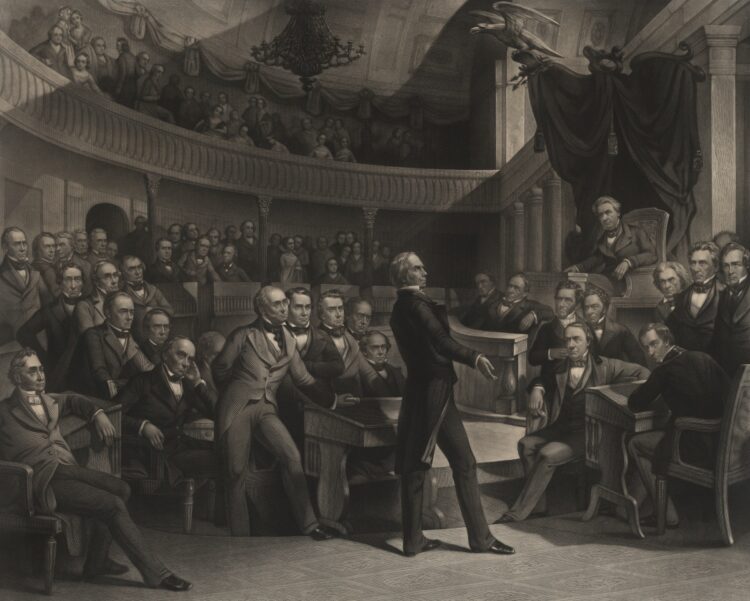
Source: reimaginingmigration.org
The first immigration law was passed in 1790 by the Congress of the Confederation. The Naturalization Act of 1790 permitted immigrants to become full citizens after living in the United States for two years, as long as they possessed good or acceptable moral character. However, this law excluded non-white people from naturalizing regardless of the eligibility criteria they met.
Immigration laws of the 1800s
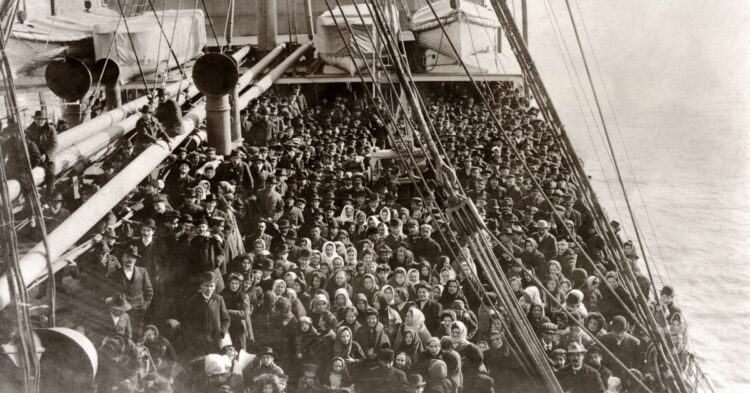
Source: history.com
Immigration laws in the 1800s were fairly open because the U.S. wanted to fill its lands that were still empty. The lax laws led to a great influx of persons to the States, but Africans were still not eligible for citizenship by law.
However, in 1870, immigrants of African descent were included in the right to citizenship, but this did not stop more restrictions on immigration that were imposed in 1875. Following the American Civil War, the regulation of immigration was declared a federal responsibility by the Supreme Court.
Congress, in 1882, passed laws that excluded the entry of Chinese laborers into the U.S. for ten years through the Chinese Exclusion Act. They also stated that any migrant who would become a public charge upon entry was not eligible. The immigration laws of the 1800s also excluded a few other groups like convicts, polygamists, and people with contagious diseases of public health concern.
The Immigration laws of the early 20th century
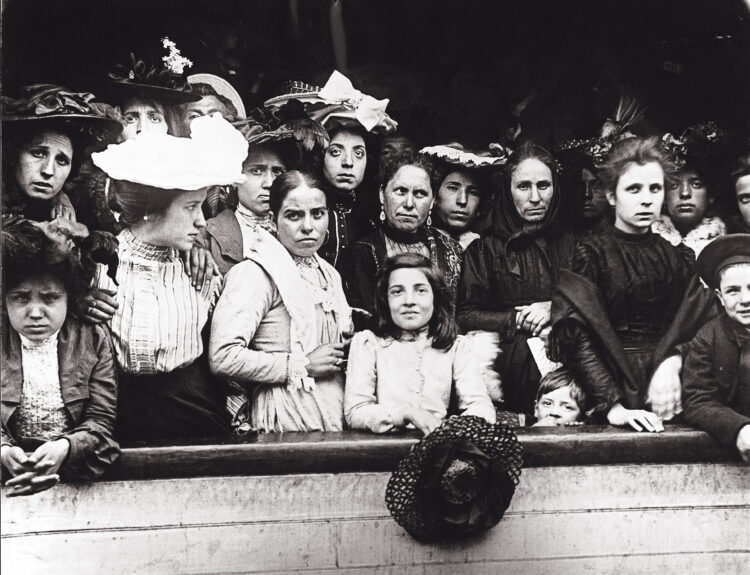
Source: time.com
In the early 20th century, less emphasis was placed on the exclusion criteria, and a numerical quota system was imposed instead. This still favored Europeans more until 1943, but a certain number of Chinese immigrants were allowed entry into the U.S. While race was removed as a criterion to determine the success of an immigration application in 1952, the country quota system was still maintained.
The Immigration and Nationality Act of 1965
On November 6, 1965, President Lyndon B. Johnson officially signed the Immigration and Nationality Act. This act was the first comprehensive piece of U.S. legislation to regulate immigration and nationality issues. It replaced the previous system of discriminatory laws with a more equitable system that was based on the concept of family reunification and skilled immigrants.
The act completely abolished the national origins quota system that limited the number of immigrants from specific countries that could be admitted each year and also eliminated quotas on individuals based on race or religion. It also extended amnesty to more than 3 million undocumented aliens who had been living in the United States since 1933.
The Immigration Reform and Control Act of 1986

Source: cafe.com
The 1980s saw a lot of progress in immigration laws. There was an amendment to the refugee act in 1980. This act standardized the process through which refugees were now allowed entry into the United States.
It stated clearly who qualified as a refugee and the limit of admittance. However, it also allowed the President to extend this limit for humanitarian purposes after necessary consultations with the House of Representatives and Committees on the Judiciary of the Senate.
In 1986, the immigration reform and control act was passed into legislation. It focused on amnesty and enforcement to reduce cases of illegal immigration. Sanctions were placed on employers who fraudulently hired unauthorized groups of immigrants.
The immigration Reforms of the 1990s and the 21st century
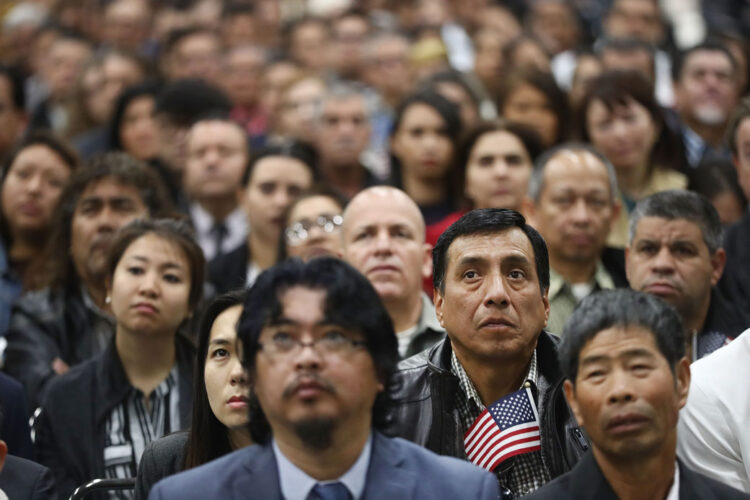
Source: americanprogress.org
Although the passage of the 1965 act greatly improved the lives of many immigrants, it did not eliminate all barriers to immigration. In particular, the system of numerical limits on the admission of immigrants remained in effect until 1990.
In 1990, Congress eliminated these numerical limits in the Immigration Act of 1990. Since then, the United States has pursued a policy of granting legal status to all undocumented immigrants who meet certain eligibility requirements.
Immigration laws would be changed again in 1996, emphasizing border security through the construction of a new fence in California, more intensive investigation into cases of visa overstay and fraudulent hires made by employers, and even cases of human smuggling.
The immigration laws that followed in 2002 and 2006 further tightened immigration restrictions in response to illegal immigration and concerns of terrorism, with more measures adopted to address the seemingly porous borders.
Wrapping up
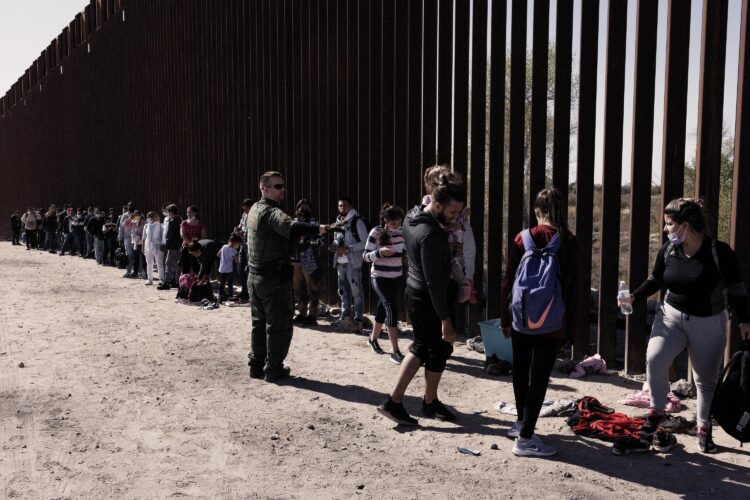
Source: cnn.com
The past two presidents of the United States, President Barack Obama and President Donald Trump, through executive actions, have had some impact on immigration policies. President Obama put the Deferred Action for Childhood Arrivals (DACA) program into place in 2012, which allowed illegal immigrants who are young adults to apply for work permits and deportation relief.
This benefit was extended to parents of US-born children in 2014 while President Trump ordered the placement of penalties against sanctuary cities and the enhancement of border security through the construction of a wall on the southern border of the United States.

